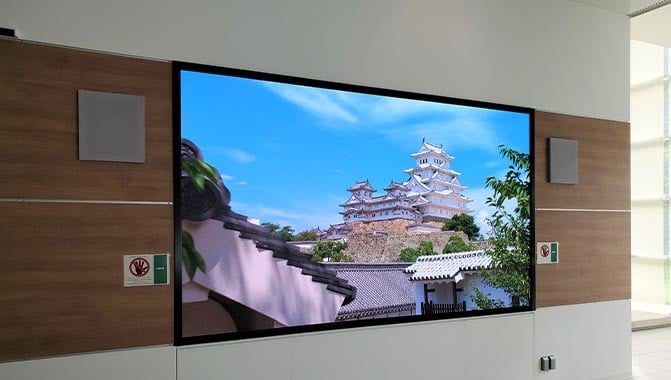Exploring The Way Resolution Affects the Performance and Visual Caliber of LED Screens in Contemporary Display Techniques
Exploring The Way Resolution Affects the Performance and Visual Caliber of LED Screens in Contemporary Display Techniques
Blog Article
Light Emitting Diode screens are becoming more and more common in various environments, including concerts and sports competitions to corporate presentations and creative exhibits. One of the key crucial factors that affect the functionality and image quality of these displays is image clarity. Resolution refers to the quantity of picture elements that make up the image on the display. Higher resolution indicates additional picture elements, which can lead to sharper and crisper visuals. Grasping how resolution affects LED screens can assist operators make informed decisions about their display requirements.
When discussing resolution, it is essential to consider picture spacing, which is the gap between the midpoint of one picture element to the center of the following picture element. A reduced picture spacing yields a greater image clarity, enabling additional clarity in the visuals shown. For instance, an LED wall with a pixel pitch of 1.5mm will provide a clearer image than one with a pixel spacing of 3mm. This is especially crucial in settings where audiences are near to the screen, such as in a compact location or a exhibition event booth. In these cases, a greater resolution can significantly enhance the viewing experience.
Another aspect of image clarity is its effect on hue precision and luminosity. LED screens with higher resolutions often have better color reproduction, indicating that the hues shown are increasingly lively and true to life. This is crucial for applications like advertising, where the goal is to capture attention and convey a concept efficiently. Additionally, greater image clarity screens can preserve brightness levels even when viewed from various angles. This is important in big locations more tips here where viewers may be positioned at various distances and angles from the screen.
The functionality of LED screens is also affected by image clarity in terms of refresh rates and response times. A higher resolution display can handle faster refresh rates, which is essential for fast-moving content such as videos and motion graphics. This indicates that the visuals on the display will look more fluid and increasingly seamless, improving the total observing quality. In comparison, reduced image clarity screens may have difficulty with dynamic material, resulting in fuzziness or delay. Therefore, for occasions that depend on dynamic images, selecting a screen with a appropriate image clarity is vital.
In conclusion, image clarity plays a vital role in defining the performance and visual quality of LED walls. Factors such as pixel pitch, color precision, luminosity, update frequencies, and reaction durations all contribute to how effectively a display can communicate data and engage viewers. As technology continues to advance, understanding these factors will assist operators choose the appropriate LED wall for their specific needs, guaranteeing that they achieve the best potential outcomes in their displays and occasions.